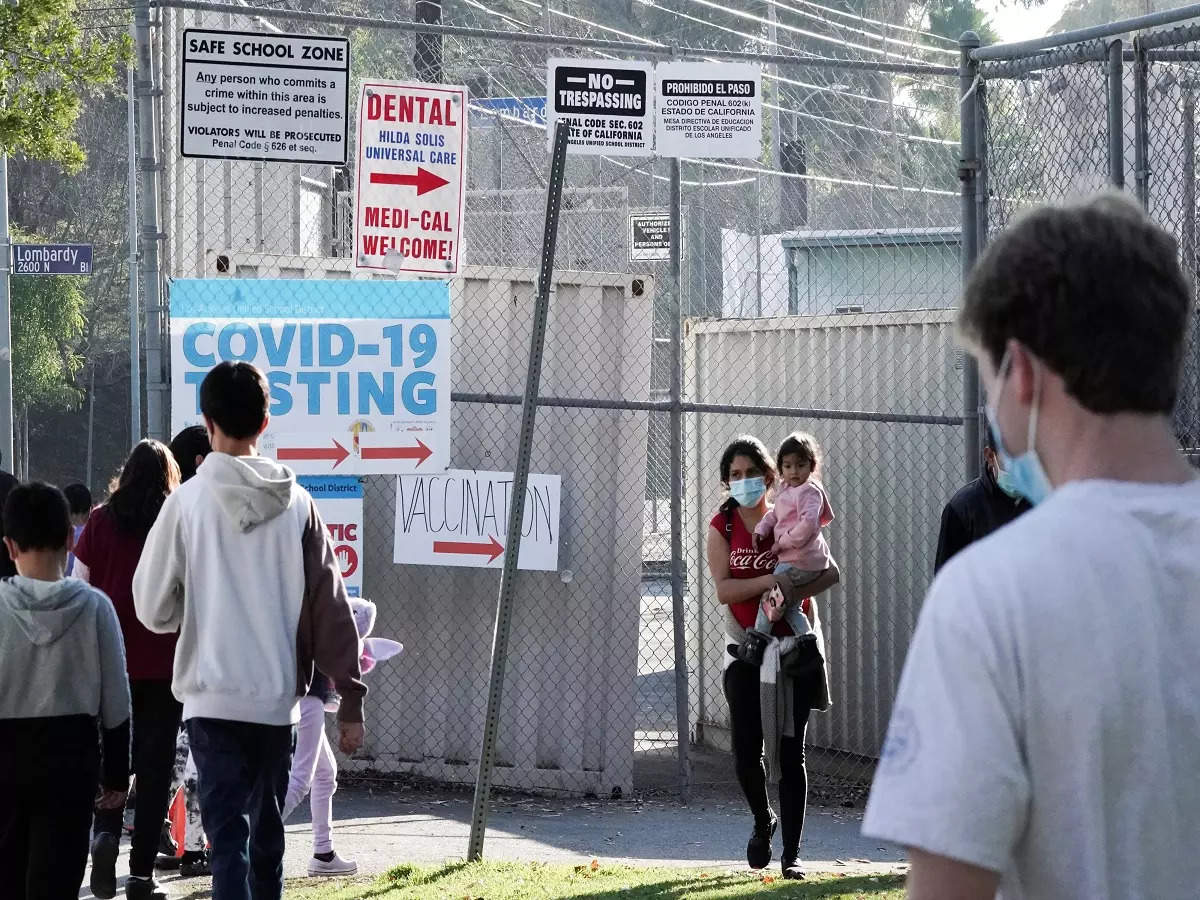
 Researchers in Canada have developed a computer model that simulates many variables affecting the transmission of COVID-19 to suggest the best ways to slow the spread of variants. The model created by researchers at the University of Waterloo takes raw data already in use to forecast case numbers and hospitalisations, and then adds other factors, such as vaccination rates, mask use and lockdowns, and the number of breakthrough infections.
Researchers in Canada have developed a computer model that simulates many variables affecting the transmission of COVID-19 to suggest the best ways to slow the spread of variants. The model created by researchers at the University of Waterloo takes raw data already in use to forecast case numbers and hospitalisations, and then adds other factors, such as vaccination rates, mask use and lockdowns, and the number of breakthrough infections.
The study, published in the journal Scientific Reports, is based on Canadian province Ontario’s recent experience with COVID-19 and data from the Ontario COVID-19 Science Advisory Table.
“We were actually building the model when the Delta variant was still the dominant one in Ontario,” said Anita Layton, a professor at the University of Waterloo.
“We simulated a variant that was similar to Omicron, and the model is helpful for understanding whatever variants will come next,” Layton said.
The team can change the parameters of the computational model to see what would happen with a new variant.
It can also show what it would take to stop variants that are more contagious than others, the researchers said.
As a result, the model can show where vaccination levels need to be or what levels of restrictions are necessary to keep a new variant at bay, they said.
“It includes vaccination and different vaccine types, delays in second and third doses, the impacts of restrictions and even the competition among different variants of concern,” said Mehrshad Sadria, a PhD student in applied mathematics at Waterloo who also worked on the new model.
“We want policymakers and stakeholders to have the most pertinent information so they can make the best decisions,” Sadria said.
The researchers plan to develop the model to include even more factors that influence the spread of COVID-19 in specific communities.
“We would like to investigate how people of different ages are impacted and compare different levels of vaccination between and within age groups,” Layton said.
“We are also looking to make it more refined so we can focus on specific regions of Ontario, which can then be helpful for looking at resource distribution,” he added.
 Asian Tribune Your Multilingual Newspaper covering World and local news News
Asian Tribune Your Multilingual Newspaper covering World and local news News